Part Time Employment Letter Template for Easy Reference
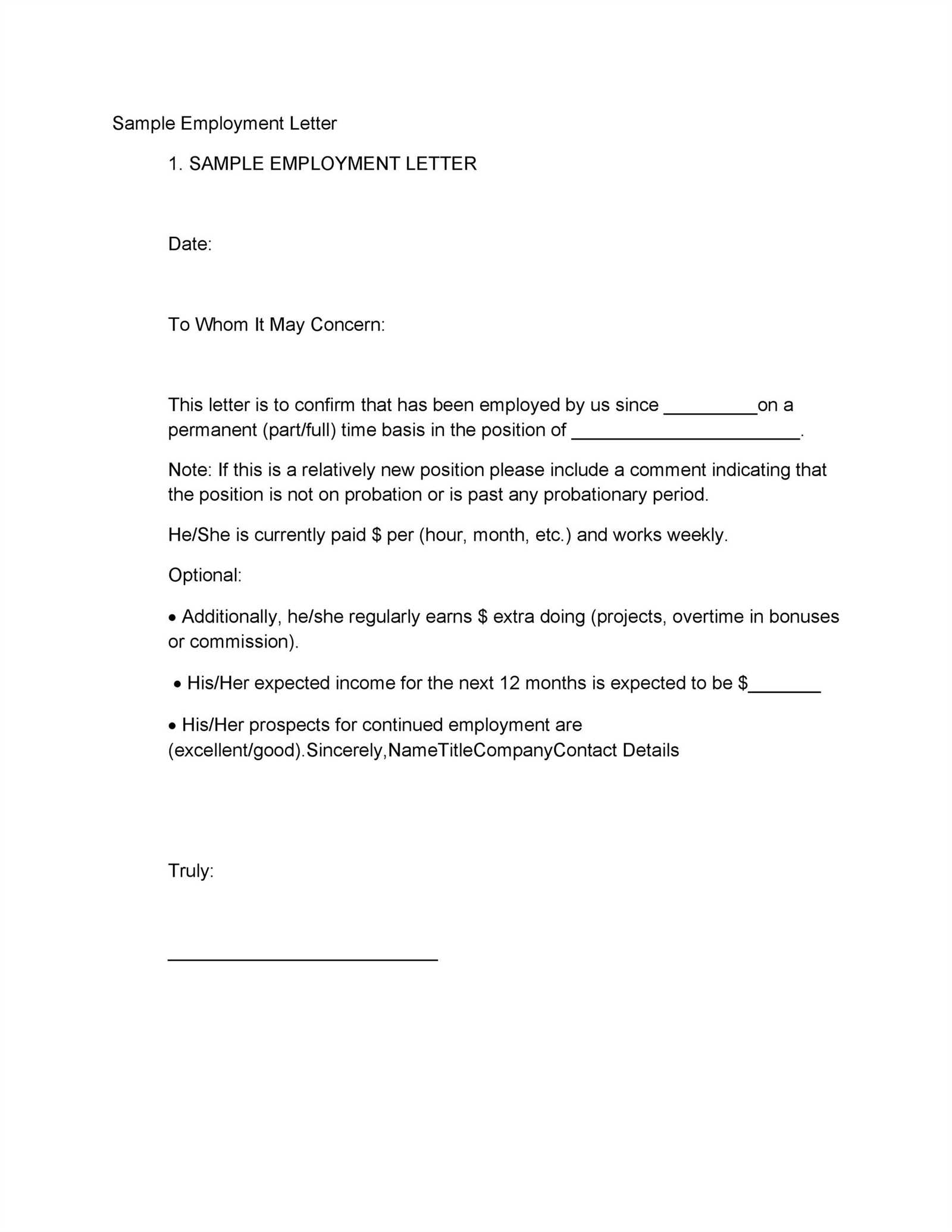
When hiring individuals for non-full-time roles, clear documentation is essential to outline the responsibilities and expectations. A well-structured agreement ensures both parties understand their commitments, fostering a positive working relationship. This document can be tailored to suit various job types, from casual positions to more structured roles with specific working hours.
By using a professionally designed form, employers can easily communicate job terms while ensuring compliance with applicable regulations. A concise, easy-to-understand outline helps set expectations for both employers and employees, reducing confusion and preventing disputes. In this guide, we will explore how to create an effective document that serves the needs of both sides in a flexible working arrangement.
Understanding the Importance of Employment Documents
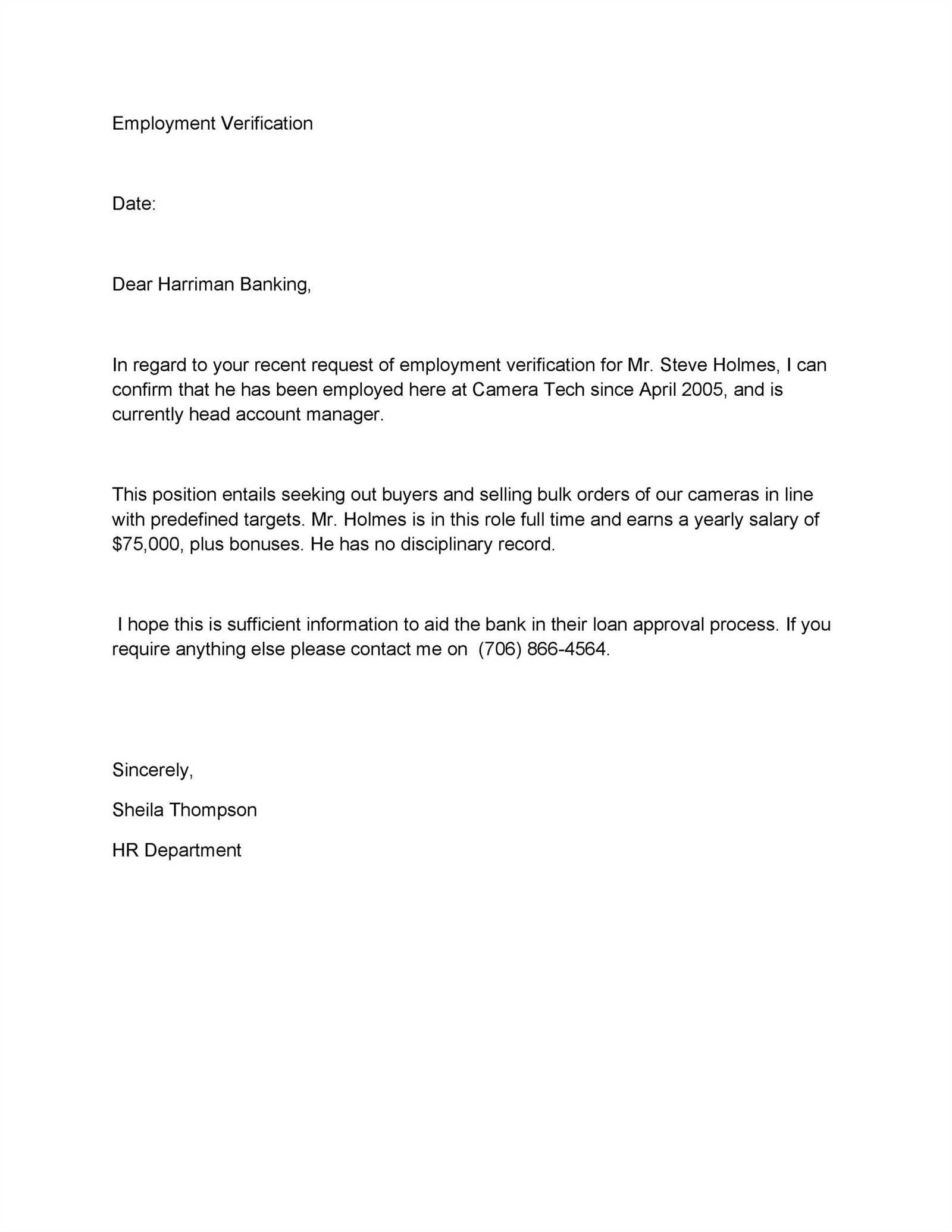
Clear and well-defined agreements between employers and workers are crucial in establishing trust and outlining mutual expectations. These documents serve as the foundation for any professional relationship, ensuring that both parties are aware of their obligations and responsibilities. A solidly written form can prevent misunderstandings and provide legal protection if necessary.
Establishing Boundaries and Expectations
These agreements help define the nature of the work and the terms under which the individual will be hired. Without a formal agreement, there is a risk of confusion regarding:
- Job responsibilities
- Working hours and payment terms
- Duration of the arrangement
- Workplace policies
Legal Protection and Clarity
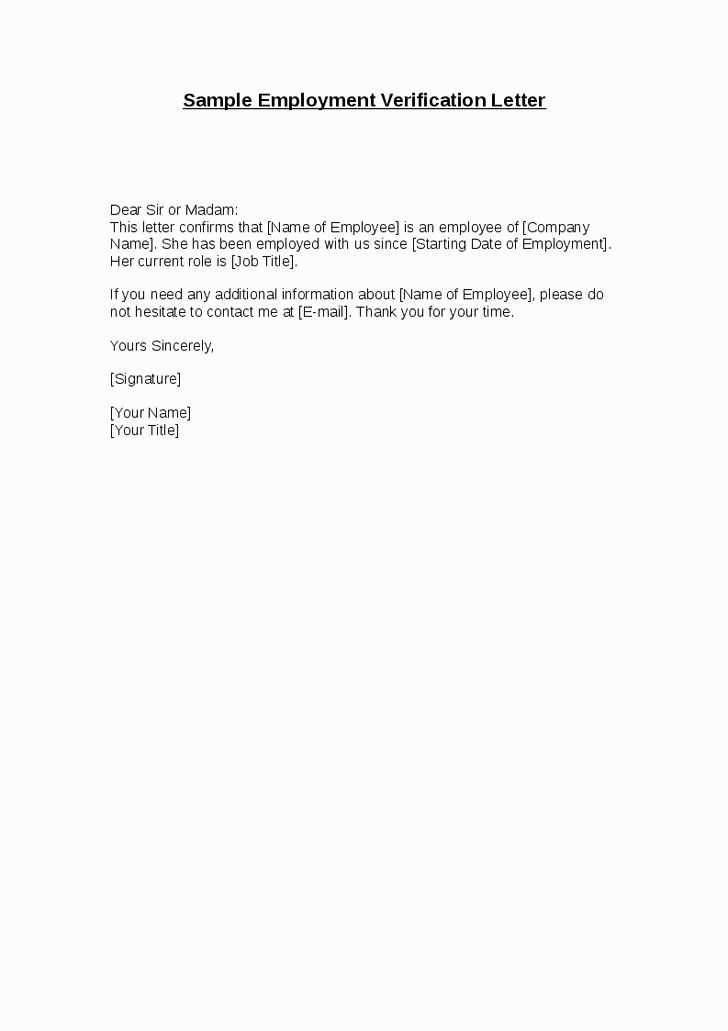
A properly drafted document offers both legal security and clarity. It serves as evidence in case of disputes, ensuring that both sides are protected. In addition, these documents can help employers meet regulatory requirements and avoid potential legal challenges.
Key Elements of a Flexible Work Agreement
For any work arrangement, it’s important to include several essential components that clearly define the terms of the relationship. A comprehensive document covers the key aspects of the job, ensuring that both parties are on the same page and reducing the potential for misunderstandings. These elements ensure transparency and establish a fair working environment.
The following key elements should be included to make the agreement clear and effective:
- Job Description: Clearly outline the responsibilities and tasks expected from the individual.
- Payment Terms: Specify the compensation structure, including rates, payment frequency, and any bonuses or benefits.
- Working Hours: Define the schedule, including the number of hours expected and any flexibility around this.
- Duration of the Agreement: Mention the start date and whether the arrangement is ongoing or temporary.
- Workplace Rules and Expectations: Detail any policies related to conduct, performance, or specific expectations in the workplace.
How to Customize Your Document
Creating a personalized work agreement requires careful attention to detail. By adjusting the standard framework to fit the specific needs of both the employer and the worker, you can ensure clarity and fairness. Customizing the document allows you to address unique aspects of the role and set expectations from the outset.
Follow these steps to effectively modify your document:
- Adjust the Job Title and Description: Tailor the role’s title and duties to accurately reflect the position and its scope.
- Specify Compensation Details: Customize the payment terms, ensuring that they align with the agreed salary or hourly rate, as well as benefits or bonuses.
- Define Working Hours: Include any flexible hours or shifts that may apply to the role, ensuring both parties understand the expectations.
- Clarify Termination Conditions: Modify the terms around contract termination, including notice periods and reasons for ending the arrangement.
- Incorporate Additional Clauses: Add any additional clauses that are specific to the role, such as confidentiality agreements or non-compete clauses, if relevant.
Common Mistakes to Avoid in Agreements
When drafting work agreements, it’s crucial to ensure clarity and accuracy. Failing to address certain key aspects or making vague statements can lead to confusion and even legal issues. By avoiding common mistakes, you can create a more professional and effective document that clearly outlines the expectations for both parties.
Unclear Terms and Conditions
Ambiguity in the terms of the arrangement can result in misunderstandings down the line. Be sure to use clear, concise language that specifies the details of the role and the compensation structure. Vague or generic phrases should be avoided at all costs.
Missing Important Information
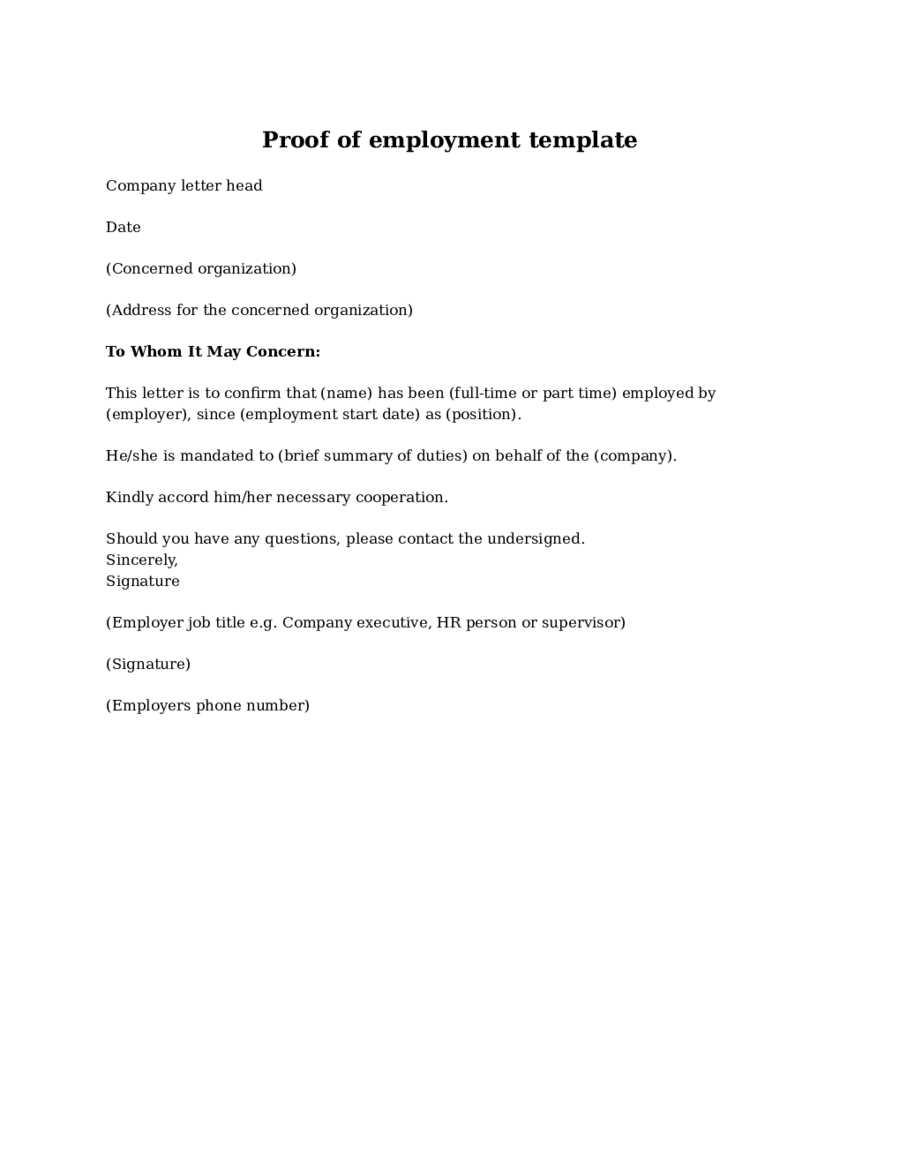
Omitting key details, such as working hours, payment terms, and job responsibilities, can lead to confusion and legal issues. Every important aspect should be covered in the document to ensure transparency.
| Common Mistake | Why It’s Problematic | How to Avoid |
|---|---|---|
| Vague Job Descriptions | Can lead to differing expectations between employer and worker. | Be specific about the role’s responsibilities and tasks. |
| Missing Payment Terms | May result in disputes over compensation. | Clearly outline the pay rate, payment frequency, and any bonuses. |
| Inconsistent Work Hours | Can cause confusion about the expected schedule. | Specify the work hours and any flexibility in advance. |
Legal Considerations for Work Agreements
When drafting any work-related document, it’s essential to keep legal aspects in mind. Ensuring that the terms of the agreement are in compliance with local labor laws and regulations protects both the employer and the worker. Failing to address legal requirements can lead to disputes, fines, or even invalidation of the contract.
Here are some important legal factors to consider:
- Employment Laws: Make sure that the document adheres to labor regulations in your jurisdiction. This includes minimum wage, working hours, and other employee rights.
- Non-Discrimination Clauses: The agreement should not contain terms that are discriminatory based on gender, race, age, or other protected categories.
- Termination Conditions: Clearly outline the grounds for ending the arrangement, including notice periods and reasons for termination, ensuring it complies with legal standards.
- Confidentiality and Non-Compete Clauses: If applicable, include clauses that protect sensitive company information and prevent the worker from competing with the business after the agreement ends.
It’s also advisable to seek legal counsel when drafting or modifying such documents to ensure full compliance with the law and to avoid potential pitfalls.
Why Clear Communication Matters in Hiring
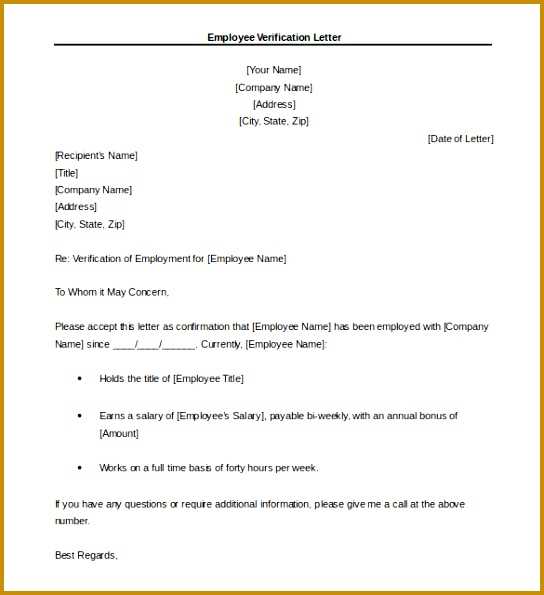
Effective communication is the cornerstone of any successful work relationship. From the initial hiring process to day-to-day operations, clear and transparent exchanges ensure that both parties understand the expectations and responsibilities. Without this clarity, misunderstandings can arise, leading to frustration, errors, or even legal disputes.
Setting Expectations from the Start
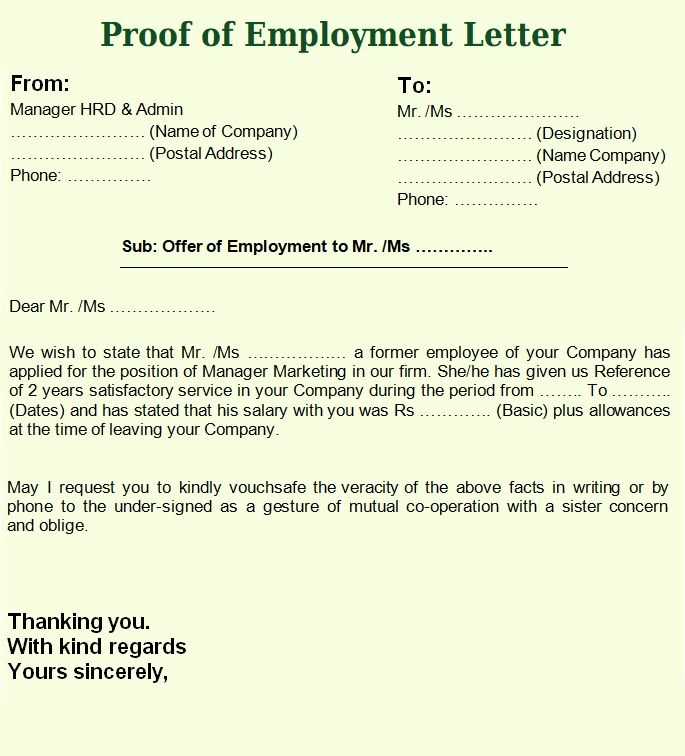
From the very beginning, outlining the details of the role, compensation, and work hours is essential. When both parties understand the terms and responsibilities upfront, it helps avoid confusion later on. This mutual understanding sets the foundation for a positive working relationship.
Building Trust and Avoiding Conflicts
Clear communication fosters trust between the employer and the worker. It shows respect for the individual’s time and contributions, which can lead to a more committed and motivated workforce. When roles and expectations are defined properly, there is less room for conflicts, as everyone knows where they stand.